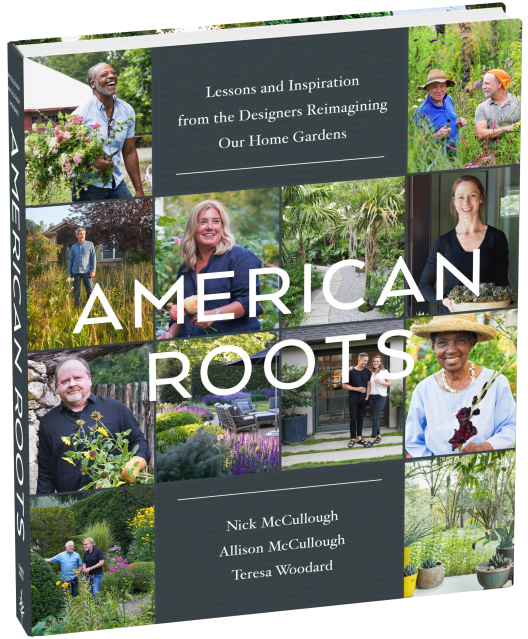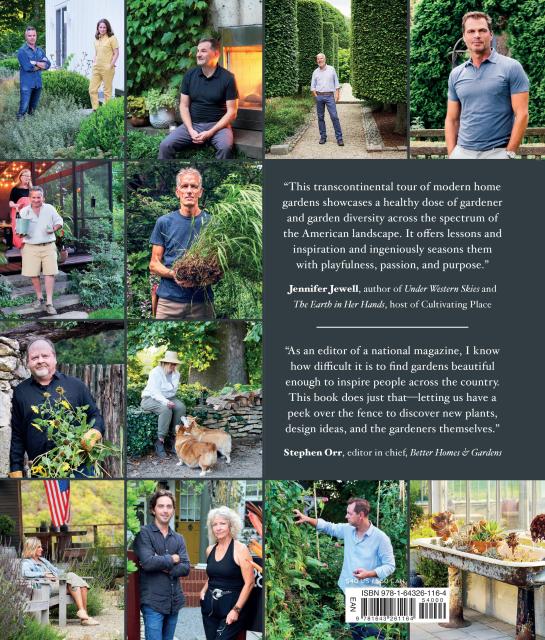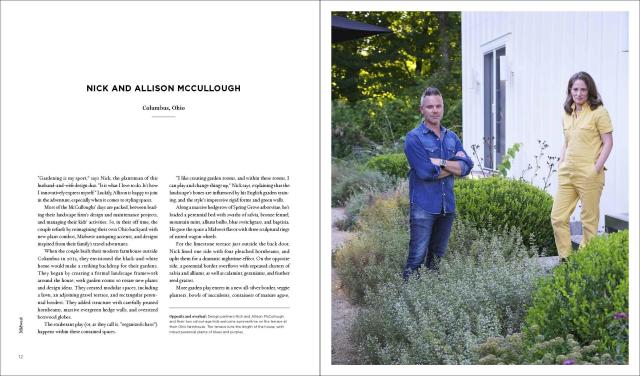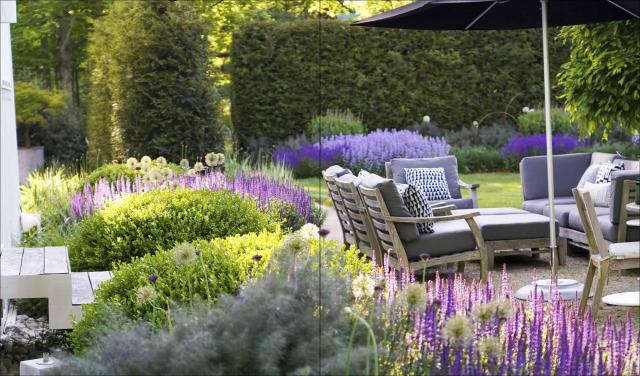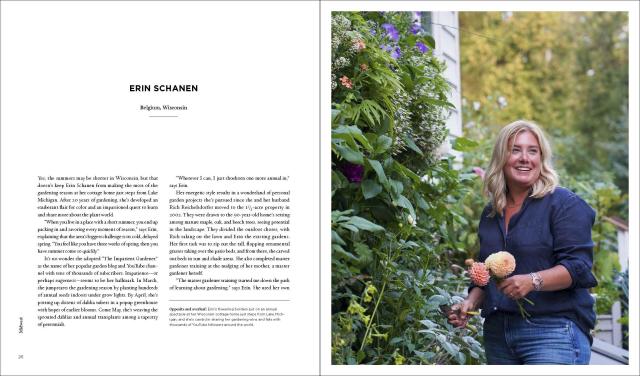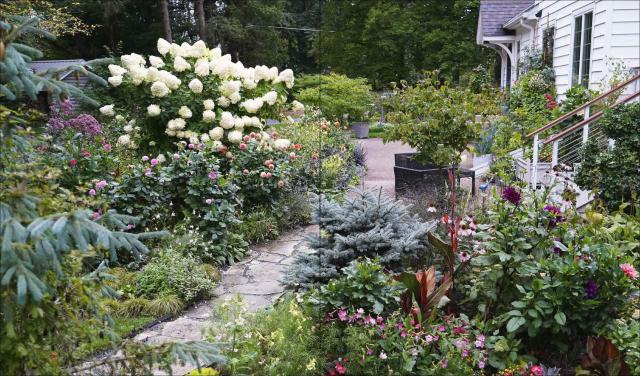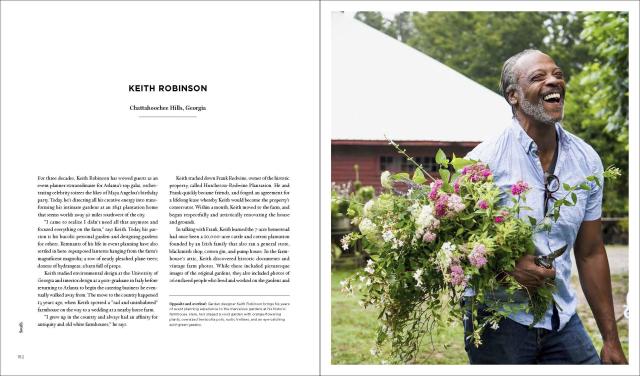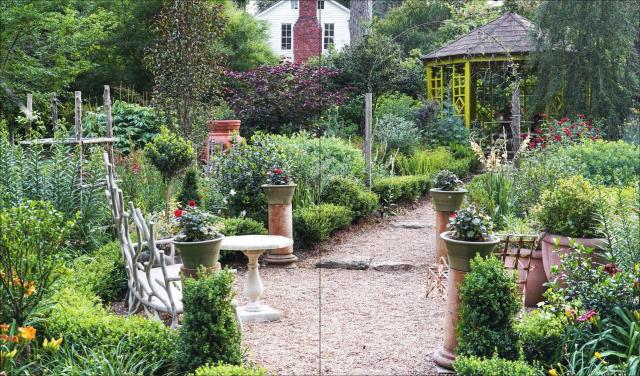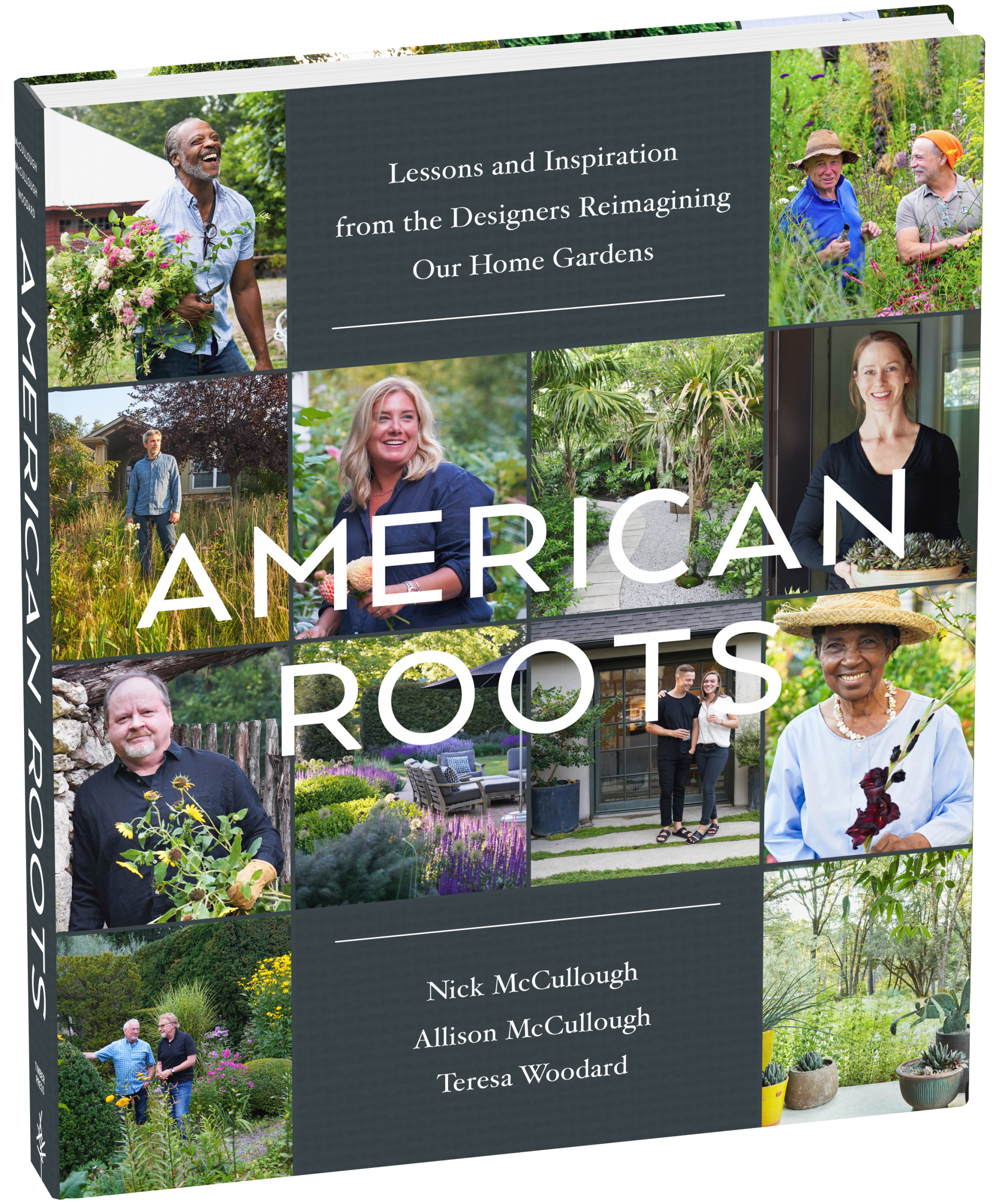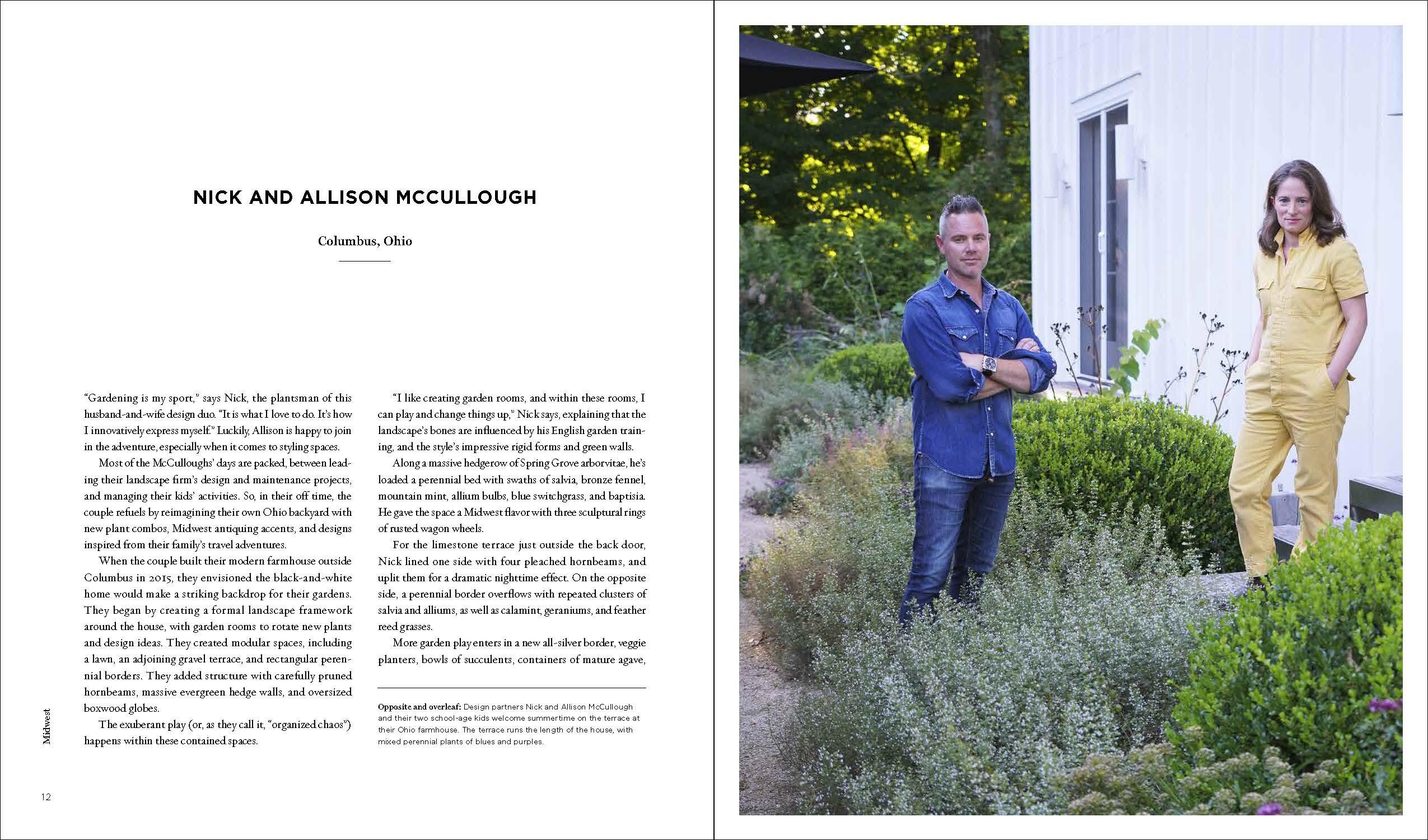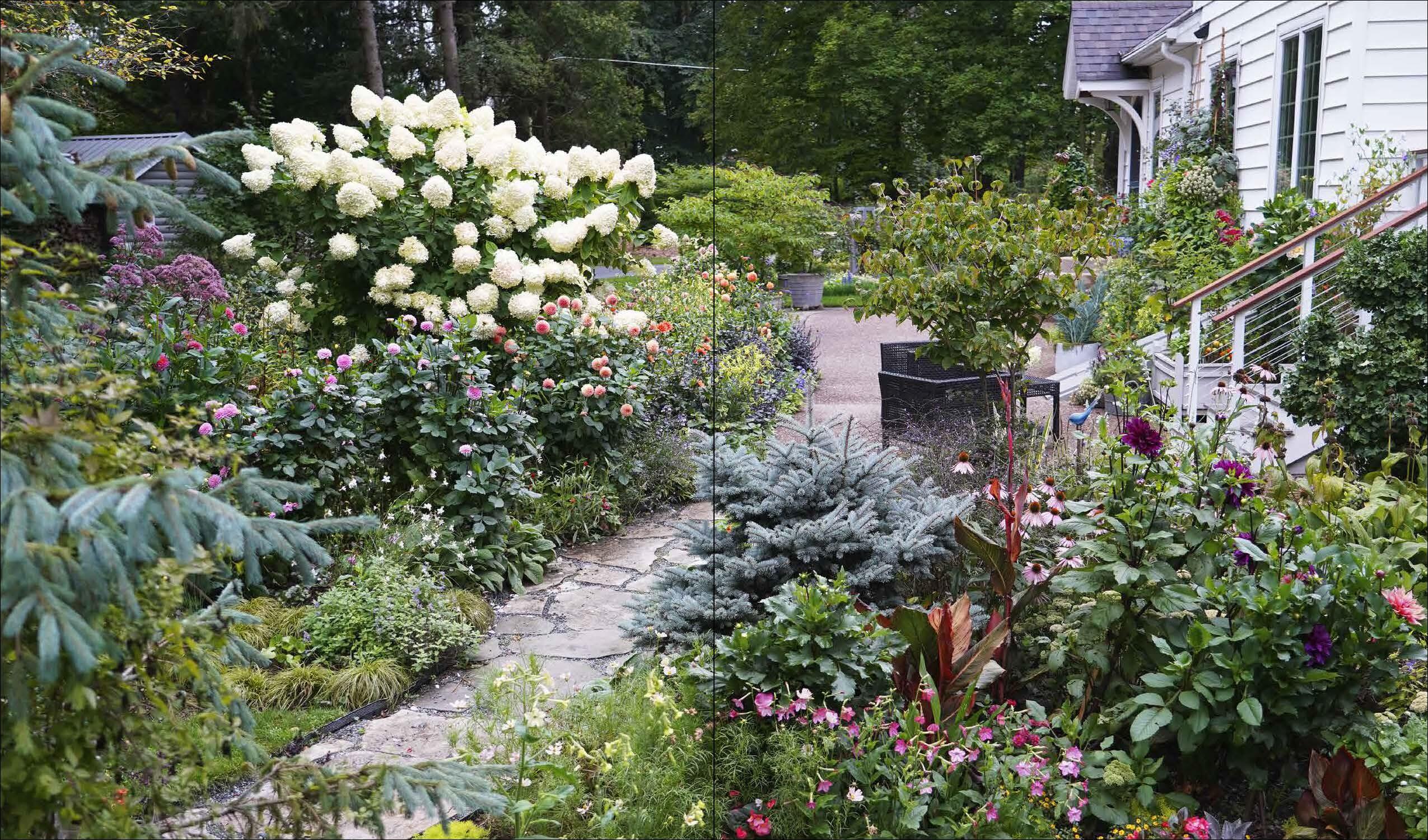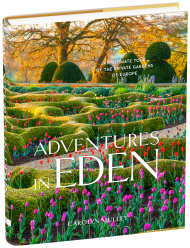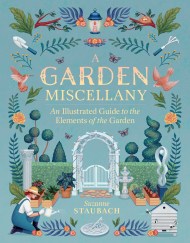Promotion
Use code MOM24 for 20% off site wide + free shipping over $45
American Roots
Lessons and Inspiration from the Designers Reimagining Our Home Gardens
Contributors
By Allison McCullough
By Teresa Woodard
Formats and Prices
Price
$40.00Price
$50.00 CADFormat
Format:
- Hardcover $40.00 $50.00 CAD
- ebook $18.99 $24.99 CAD
This item is a preorder. Your payment method will be charged immediately, and the product is expected to ship on or around October 25, 2022. This date is subject to change due to shipping delays beyond our control.
Also available from:
In recent years, bold designers have begun championing an American design aesthetic that embraces regional cultures, plants, and growing conditions. In American Roots, Nick McCullough, Allison McCullough, and Teresa Woodard highlight designers and creatives with exceptional home gardens, focused on those who push the boundaries, trial extraordinary plants, embrace a regional ethos, and express their talents in highly personal ways. Covering all the regions of the country, the profiles dive into design influences, share the back stories of the gardens and their creators, and include design tips and plant suggestions.
American Roots is a beautiful invitation to reconsider how we define the American garden, filled with guidance and encouragement for anyone looking to dig more deeply into their own home garden.
Genre:
-
“This transcontinental tour of modern home gardens showcases a healthy dose of gardener and garden diversity across the spectrum of the American landscape. It offers lessons and inspiration and ingeniously seasons them with playfulness, passion, and purpose.” —Jennifer Jewell, author of Under Western Skies and The Earth in Her Hands, host of Cultivating Place
“As an editor of a national magazine, I know how difficult it is to find gardens beautiful enough to inspire people across the country. This book does just that—letting us have a peek over the fence to discover new plants, design ideas, and the gardeners themselves.” —Stephen Orr, editor in chief, Better Homes Gardens
“Includes design tips and ideas to inspire home gardeners everywhere.” —Library Journal
“A garden is a personal thing, and it is about time we have a book that will inspire American gardeners to be personal about their design and plants. American Roots is well worth a place either on the coffee table or in the library of every gardener.” —Sidney Frazier, vice president of horticulture, Middleton Place
“I love this book. Here are home gardens of designers from every part of our great country that are inspiring proof of a passionate vitality and freshness in American gardening today.” —Page Dickey, author of Uprooted, co-founder of The Garden Conservancy Open Days
“American Roots serves as not just a celebration of US gardening styles but also of an overarching gardening community, of which its readers are a warmly welcomed part.” —Horticulture
“American Roots warms readers’ hearts by showing both the diversity and unity within the community of American gardeners.” —Su Casa Magazine
“Featuring modern and classic gardens, coast-to-coast, there is green inspiration on every page.” —Good Grit
“Focusing on regional native plants and on creating outdoor spaces that are a reflection of place, these innovative gardeners are helping to shift the way every element of a garden is chosen.” —Orange County Register
"The collaborators travelled the length and breadth of the USA discovering remarkable gardens….I urge you to read and enjoy.” —Gardens Illustrated
- On Sale
- Oct 25, 2022
- Page Count
- 320 pages
- Publisher
- Timber Press
- ISBN-13
- 9781643261164
Newsletter Signup
By clicking ‘Sign Up,’ I acknowledge that I have read and agree to Hachette Book Group’s Privacy Policy and Terms of Use
